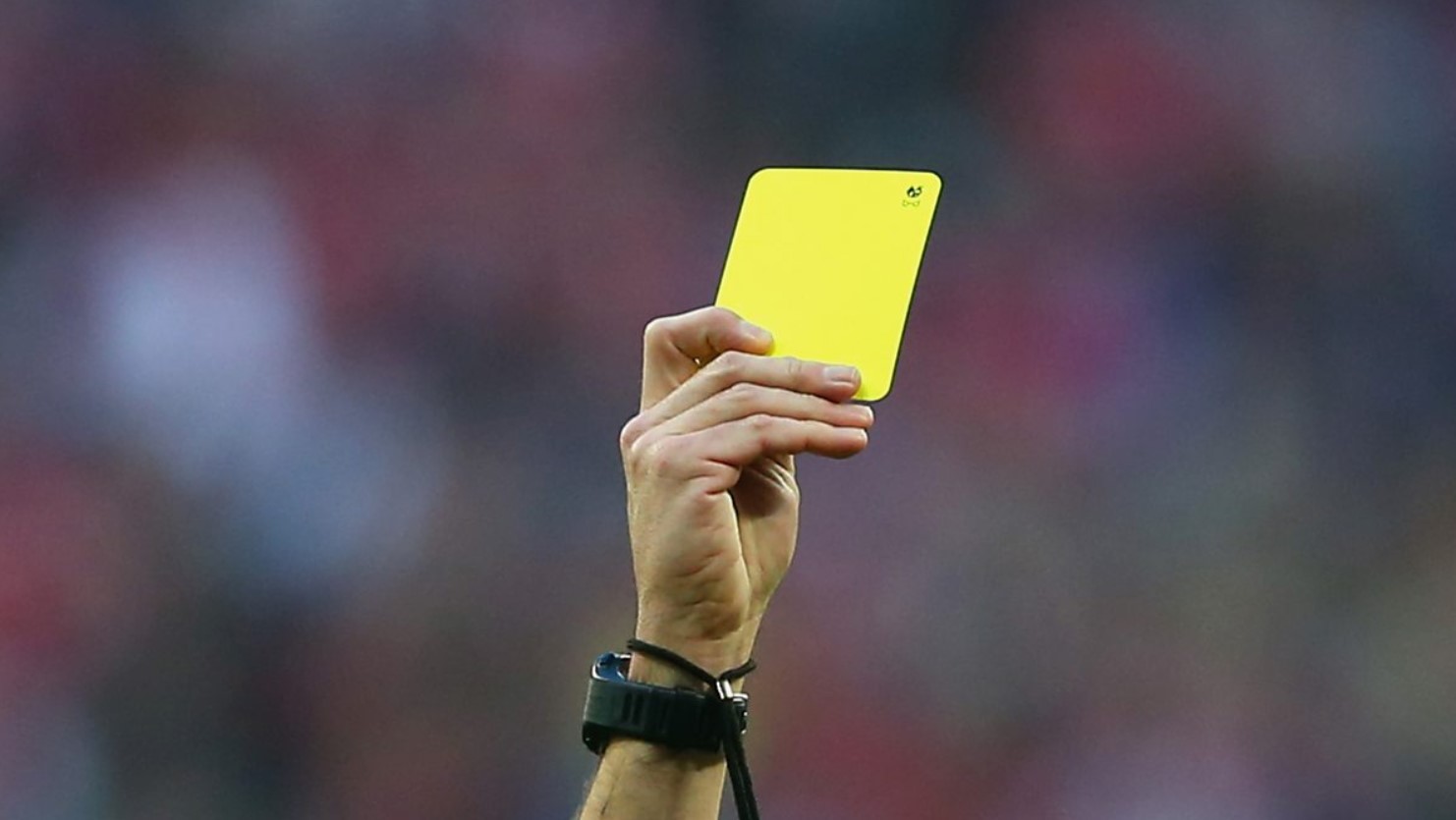Types of Cards in Football and Penalty Regulations
Learn about the different types of cards in footba

In football, cards play a vital role in maintaining order and fairness during matches. They are used by referees to warn, penalize, or even remove a player from the field of play. Yellow and red cards are the most common, each serving a different purpose to ensure fairness and discipline in the sport.
Types of Cards in Football
Yellow Card: A Warning for the Player
A yellow card is used to warn players about improper behavior during a match. When a player receives a yellow card, it serves as a reminder that they have committed a minor offense that could affect the game. The player who receives a yellow card can continue to play, but if they accumulate another yellow card during the same match, they will be penalized with a red card and have to leave the field.
Situations Leading to a Yellow Card
Some behaviors that can lead to a yellow card include:
- Minor fouls: Such as pulling a shirt, obstructing an opponent during an attack.
- Deliberately delaying the game: For example, holding the ball for too long or intentionally wasting time.
- Excessive reaction to the referee: Disrespectful remarks or actions toward the referee can lead to a yellow card.

Red Card: Removing a Player from the Match
A red card is the most severe penalty in football, used by the referee to remove a player from the field for committing a serious foul. A player who receives a red card must leave the field immediately and will not participate in the remainder of the match.
Situations Leading to a Red Card
A player can receive a red card for committing the following offenses:
- Serious fouls: Such as dangerous tackles, rough fouls, or aggressive attacks on an opponent.
- Violent play: For example, directly kicking or striking an opponent, or using the hand to play the ball in an illegal way.
- Unsporting behavior: Such as physical attacks or other violent actions on the field.

The Difference Between Yellow and Red Cards
Although both yellow and red cards are methods of penalizing violations in football, there are clear differences between them. A yellow card is merely a warning and does not directly affect a player's participation unless two yellow cards are received. In contrast, a red card is a severe penalty, requiring the player to leave the field immediately, and their team must play with one fewer player for the rest of the match. For more details on football regulations, you can refer to Jun88. If you're interested in online games, check out https://www.jun88qy.com/casino-online-jun88/
Card Situations in Competitions
In Domestic Leagues
In domestic leagues, card penalties are strictly enforced to ensure fairness throughout the season. Players who accumulate too many yellow cards will be suspended for upcoming matches. This can have a significant impact on the team’s tactics and the player’s mentality.
In International Tournaments
In international tournaments such as the World Cup or Euro, card regulations are also strictly adhered to. In these tournaments, players must be extremely cautious about avoiding cards, as accumulating too many yellow cards or receiving a red card will result in suspension for future matches, which can affect the team’s performance.
Reasons for Issuing Cards
Ensuring Player Safety
One of the main reasons for yellow and red cards in football is to protect players from dangerous situations. Offenses like dangerous tackles or violent behavior must be stopped in a timely manner to prevent serious injuries to players.
Maintaining Discipline in the Game
Moreover, issuing cards helps maintain discipline and fairness during the match. Unsporting behavior, such as intentionally playing foul or cheating, will be penalized immediately, ensuring the game runs smoothly and fairly.
Conclusion
Cards in football are not only tools for penalizing violations but are also essential for maintaining fairness and order during the match. Yellow cards serve as a warning, while red cards are the harshest penalty. Understanding the different types of cards and the situations leading to them helps both players and spectators better grasp the rules, thereby enhancing the quality of this beautiful game.







